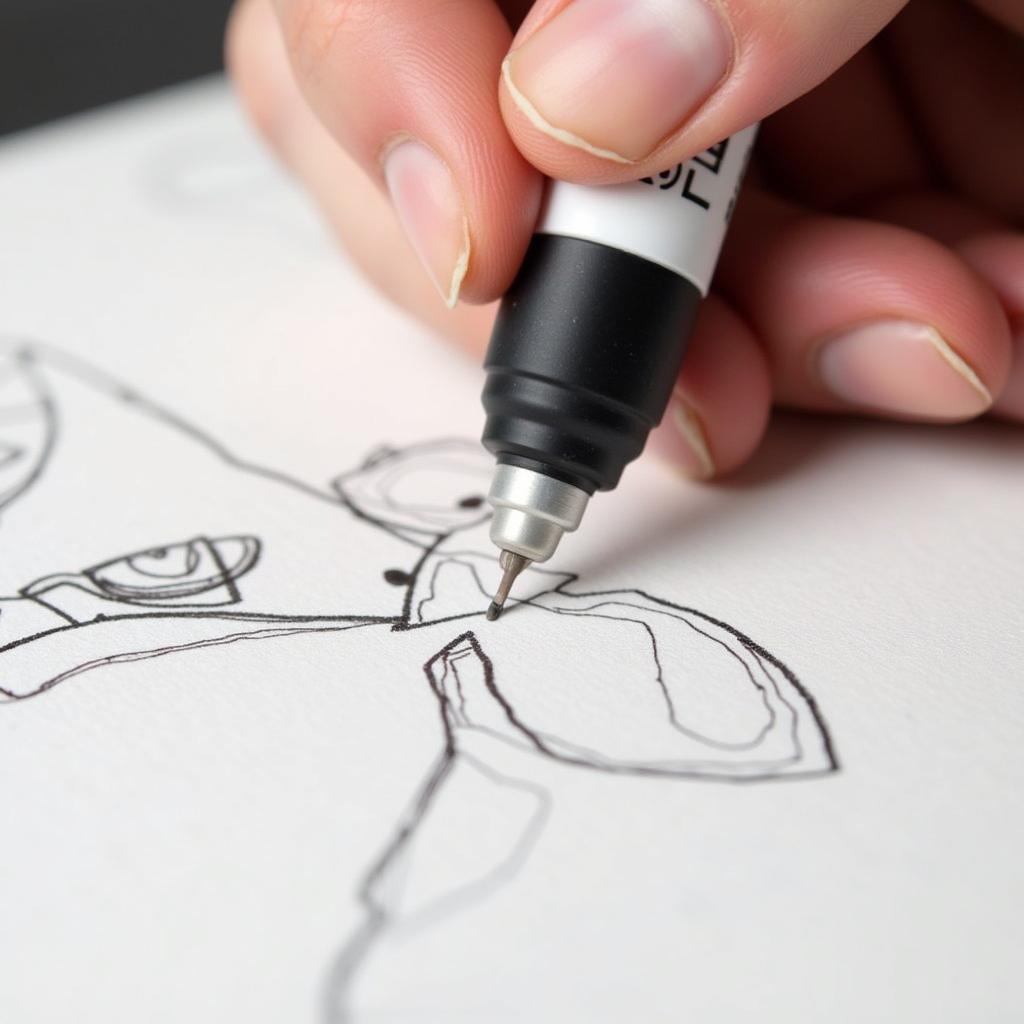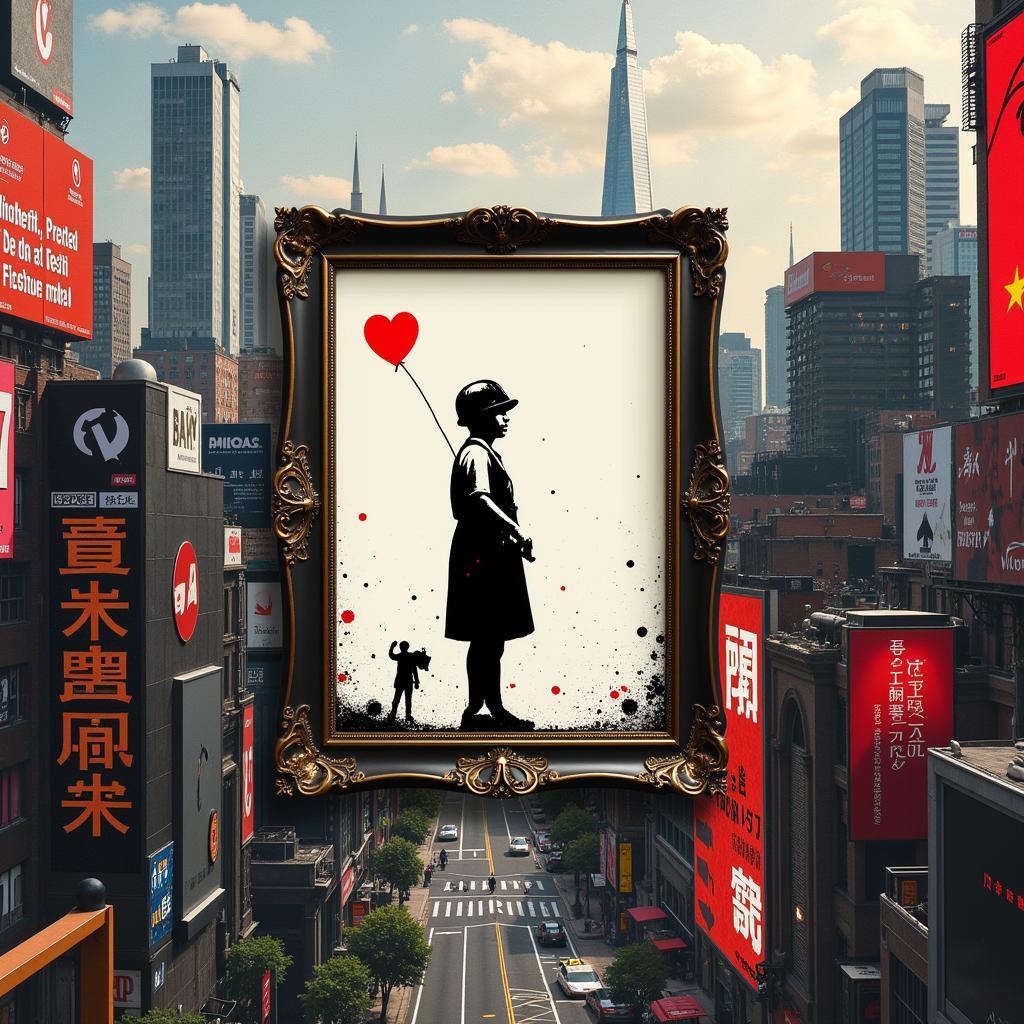Exploring the Dark Allure of Dracula Art
Dracula Art has captivated audiences for over a century, evolving from gothic literature illustrations to modern digital masterpieces. From the chilling descriptions in Bram Stoker’s novel to the iconic portrayals in film and video games, the visual representation of Dracula continues to fascinate and inspire. Let’s delve into the evolution, themes, and creative expressions that define this enduring art form.
The Evolution of Dracula Art
Dracula’s visual identity has undergone a dramatic transformation since the late 19th century. Early depictions often focused on the aristocratic and monstrous duality described in Stoker’s novel. These illustrations frequently emphasized Dracula’s piercing gaze, sharp features, and ominous presence. Later, film interpretations, such as those starring Bela Lugosi, further solidified a specific image of the vampire: a captivating figure with a slicked-back hairstyle and a hypnotic stare. Check out bram stoker dracula art for some examples. The evolution continued with the rise of comic books and graphic novels, which experimented with different styles, from the gruesome to the romantic. Today, digital art and fan art contribute to a vibrant and ever-evolving visual landscape of the Dracula mythos.
Key Themes in Dracula Art
Several recurring themes shape the visual language of Dracula art. The theme of seduction and danger is often depicted through the use of shadows, deep reds, and intimate compositions. Artists frequently explore the duality of Dracula’s nature, portraying him as both a monstrous predator and a charismatic nobleman. The struggle between good and evil, a central conflict in the Dracula narrative, is another common theme. Religious iconography, such as crosses and holy water, often features prominently, symbolizing the forces opposing the vampire’s dark power. The setting of Transylvania, with its gothic castles and misty landscapes, also plays a crucial role in creating the eerie atmosphere often associated with Dracula art.
What are some common motifs found in Dracula art? Common motifs include bats, wolves, blood, and gothic architecture. These symbols contribute to the overall sense of dread and otherworldly power associated with the character.
 Dracula Art Exploring Themes of Seduction and Danger
Dracula Art Exploring Themes of Seduction and Danger
Dracula in Modern Media: Games and Beyond
Dracula’s presence in modern media, particularly video games, has further diversified his visual representation. Games like Castlevania have introduced new interpretations, blending gothic horror with action and adventure. See more at castlevania symphony of the night box art. These games have inspired countless fan art pieces, expanding the visual vocabulary of the Dracula mythos. Contemporary artists continue to explore new ways of portraying the character, drawing inspiration from a variety of sources, from classic horror films to modern anime and manga.
How does contemporary Dracula art differ from earlier interpretations? Contemporary Dracula art often incorporates elements from other genres, such as fantasy, science fiction, and even romance. This blending of genres results in fresh and unexpected visual interpretations of the character.
“Dracula’s enduring appeal lies in his ability to embody our deepest fears and desires,” says renowned art historian, Dr. Eleanor Vance. “He is a figure of both fascination and repulsion, and artists have always been drawn to this complexity.”
Creating Your Own Dracula Art
Whether you’re a seasoned artist or just starting, exploring Dracula art can be a rewarding creative experience. Experiment with different mediums, from traditional painting and drawing to digital art and sculpture. Vampira art can also provide inspiration. Consider incorporating symbolic elements and exploring the various themes associated with Dracula.
“Don’t be afraid to experiment and find your own unique voice,” advises celebrated fantasy artist, Mr. Jasper Blackwood. “Dracula is a character ripe for reinterpretation, and there are endless possibilities for creative expression.”
In conclusion, Dracula art remains a captivating and dynamic field, constantly evolving and reinventing itself. From its gothic roots to its modern iterations, the visual representation of Dracula continues to fascinate and inspire. Explore the dark allure of Dracula art and unleash your own creative potential.
FAQ
- What are some famous examples of Dracula art?
- How has Dracula’s portrayal changed over time?
- What are some key themes in Dracula art?
- How can I create my own Dracula art?
- Where can I find inspiration for Dracula art?
- What are some modern interpretations of Dracula?
- What is the significance of Dracula in popular culture?
You might also find these articles helpful: bram stoker’s dracula art and halloween movie art.
For further assistance, please contact us at Phone Number: 02462573573, Email: danteum@gmail.com or visit us at Savico Megamall, 7-9 Đ. Nguyễn Văn Linh, Gia Thụy, Long Biên, Hà Nội 10000, Việt Nam. We have a 24/7 customer support team.


